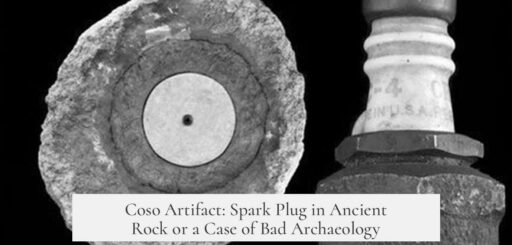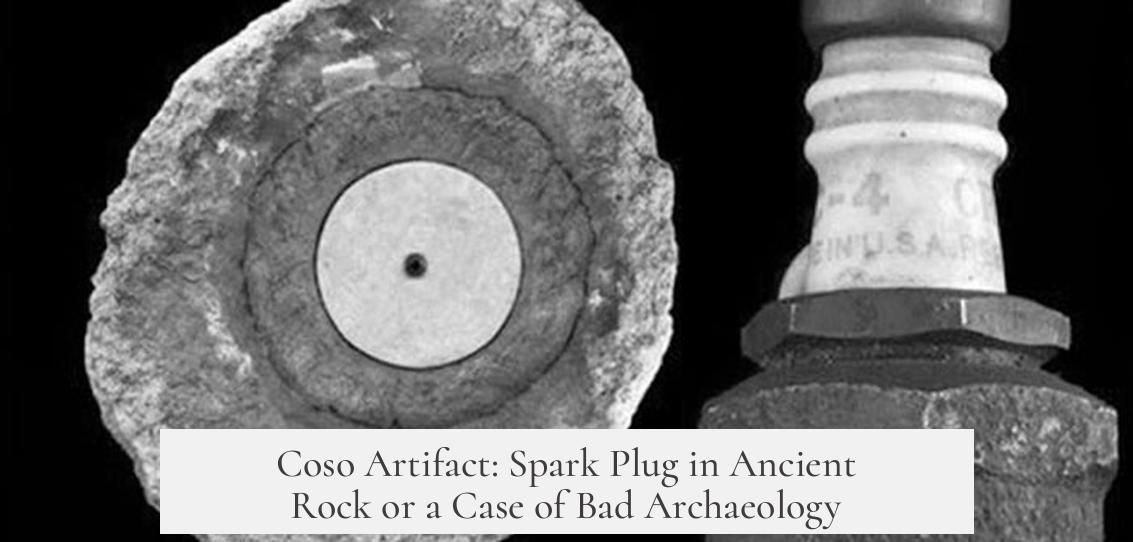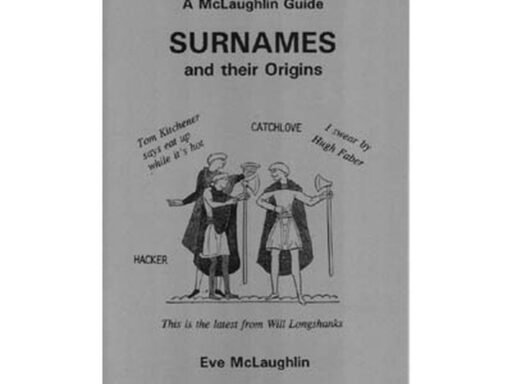The Coso Artifact, a spark plug allegedly encased in a “500,000”-year-old rock, is not a genuine ancient relic but a modern object mistakenly or misleadingly presented, reflecting issues of poor archaeology and geology rather than an intentional hoax.
The artifact was discovered in February 1961 by three mineral hunters—Mike Mikesell, Wallace Lane, and Virginia Maxey—near Olancha, California, in the Coso Mountains. They found it embedded in a hard white material resembling porcelain inside what they believed was a geode extracted from a hillside close to Owens Lake. Initial inspection and an X-ray showed that the object was unmistakably a spark plug, sparking questions about how such a modern item could be locked in ancient stone.
This find became an example of an Out Of Place Artifact (OOPART), stirring theories ranging from advanced ancient civilizations to extraterrestrial visitors. However, crucial to understanding this case is the absence of solid, verifiable documentation. The records are scarce, and the artifact itself has not been publicly seen for many years. With only a few photographs and the initial X-ray available, re-examination has been impossible. This lack of evidence fuels speculation but undermines scientific scrutiny.
One core misconception involved the material surrounding the spark plug. It was claimed the spark plug was inside a geode aged at least 500,000 years, implying the object’s great antiquity. However, detailed analysis reveals the lump of rock was not a geode at all. Geodes have very specific characteristics—such as a thin chalcedony shell and quartz crystal interior—which the Coso rock lacks entirely. Instead, its hardness measures around 3 on the Mohs scale, suggesting it is hardened clay or mud baked by sun exposure rather than ancient mineral formation.
| Aspect | Claim | Reality |
|---|---|---|
| Rock type | Ancient geode, 500,000 years old | Hardened clay or mud, low hardness, recent formation |
| Artifact type | Unknown or ancient device | 1920s Champion spark plug, common automotive part |
The spark plug itself has been identified conclusively by spark plug experts, including Chad Windham, President of the Spark Plug Collectors of America. It matches a known 1920s Champion spark plug model widely used in automobiles like the Ford Model T. This identification firmly places the artifact within a 20th-century industrial context.
The presence of such a spark plug in the Coso Mountains can be explained by human activity in the area during the early 20th century. Mining and exploration were common, and Model T vehicles were prevalent. It is likely that the spark plug was dropped or discarded and later became coated with baked mud, giving the appearance of being encased in rock.
The question arises whether this discovery was an intentional hoax or a case of poor archaeology and geology. Evidence points to the latter. There is no indication that the finders deliberately planted the spark plug to deceive. However, their lack of expertise and incomplete documentation fostered misunderstanding and myth-building.
- The finders made little effort to clarify or investigate their discovery properly.
- The only permitted study was by Ron Calais, a creationist with an agenda aligned with fringe explanations rather than scientific analysis.
- The mysterious geologist who supposedly dated the object to 500,000 years never came forward publicly.
- The finders attempted to sell the artifact for $25,000, reflecting a commercial interest.
- Virginia Maxey’s references to Atlantis and Mu suggest belief in pseudoscientific or mythical narratives influencing interpretation.
The Coso Artifact case exemplifies how poor archaeology and inadequate knowledge of geology can lead to sensational claims. It underscores the risk when objects are displayed without context or expert review. The artifact is best understood as a modern spark plug embedded in a natural setting, misinterpreted due to misunderstandings of rock formation processes and incomplete study protocols.
Despite being debunked, the artifact retains a life in popular culture among those willing to believe in ancient mysteries and lost civilizations. Its persistence highlights the challenge of countering misinformation, especially when original evidence is unavailable for re-examination.
Key takeaways:
- The Coso Artifact is a 1920s spark plug embedded in hardened clay, not a geode or a half-million-year-old rock.
- Lack of proper documentation and the artifact’s current unavailability prevent definitive re-analysis.
- Experts identify the object as a known industrial product, not an ancient device.
- The case reflects bad archaeology and geology rather than a deliberate hoax.
- Finders’ beliefs and limited investigation contributed to sensational and fringe ideas surrounding the artifact.
Was the Coso Artifact, a spark plug encased in a “500,000” year old rock, a hoax or bad archaeology/geology?
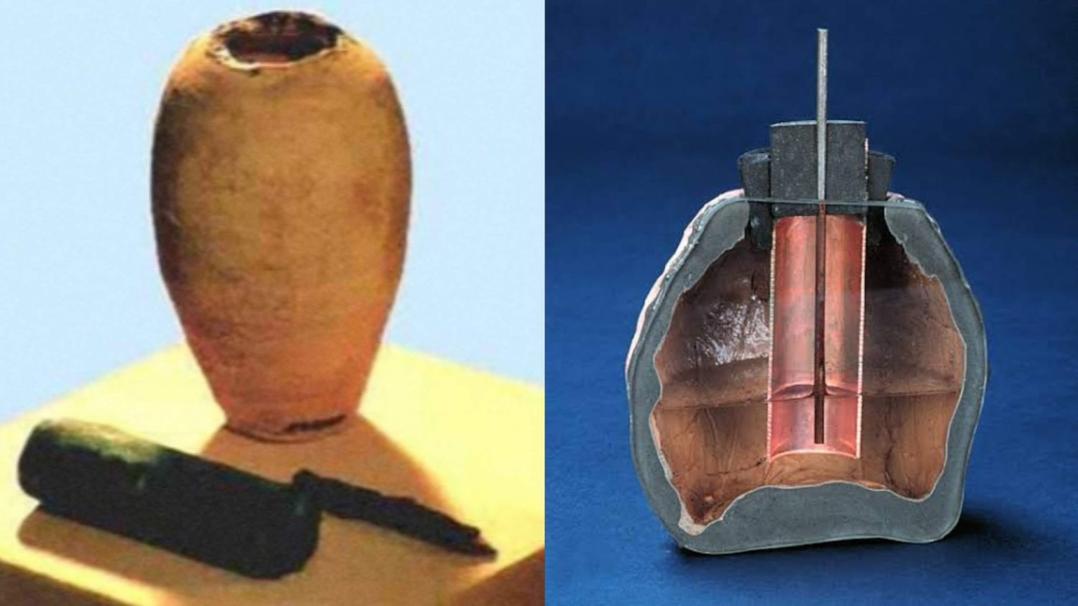
The Coso Artifact intrigues many as a spark plug encased in rock supposedly dated at 500,000 years old. The question is, did we just uncover ancient technology, or is this a classic case of bad archaeology mixed with hopeful thinking? Spoiler alert: It’s almost certainly the latter.
If you’ve stumbled upon this story, brace yourself—it blends curiosity, mystery, and a bit of human error, with a sprinkle of wishful thinking.
The Discovery That Sparked a Mystery
In February 1961, mineral hunters Mike Mikesell, Wallace Lane, and Virginia Maxey, running a small gem shop in Olancha, California, found what they believed was a geode high in the Coso Mountains, near Owens Lake. They were just looking to harvest some shiny crystals, but when Mike cut into the rock, he found something very odd—a circular white plug with a magnetic metal center inside.
After an X-ray, this mysterious ‘rock’ concealed none other than a spark plug. Wait, a spark plug? In a 500,000-year-old geode?
This find excited some but baffled many others, sparking claims from creationists and ancient astronaut enthusiasts alike, suggesting hidden advanced technology from a distant past, or even lost civilizations like Atlantis. Sounds like the perfect fuel for conspiracy theories and sensational headlines, right?
Let’s Get Real: Not a Geode and Not 500,000 Years Old
First off, calling that rock a geode is a stretch. Geodes have a distinct structure—a thin outer shell of dense silica and quartz crystals inside. The Coso rock misses these markers entirely.
Archaeologist Keith Fitzpatrick-Matthews explains that this isn’t a geode at all but a much softer material. The rock had a hardness of just 3 on the Moh scale, which aligns more with hardened clay baked by the sun rather than a sturdy geological marvel formed over half a million years.
So how do you get a spark plug inside a rock that looks like hardened mud? Here’s a clue: it likely wasn’t ‘inside’ at all for millennia. Virginia Maxey herself speculated that the material might have been mud baked hard by the sun, leaving room for the spark plug to be deposited later.
The Spark Plug: A Blast from the 1920s
Experts chimed in: Chad Windham, President of the Spark Plug Collectors of America, and other spark plug enthusiasts quickly recognized the design. Turns out, the artifact is a 1920s Champion spark plug, common in Model T Fords.
That revelation flips the idea of ancient tech on its head. Instead, it’s the kind of spark plug used nearly 60 years before the artifact’s discovery. Perfectly ordinary, disappointingly non-ancient technology.
Hoax, Bad Archaeology, or Just Junk?
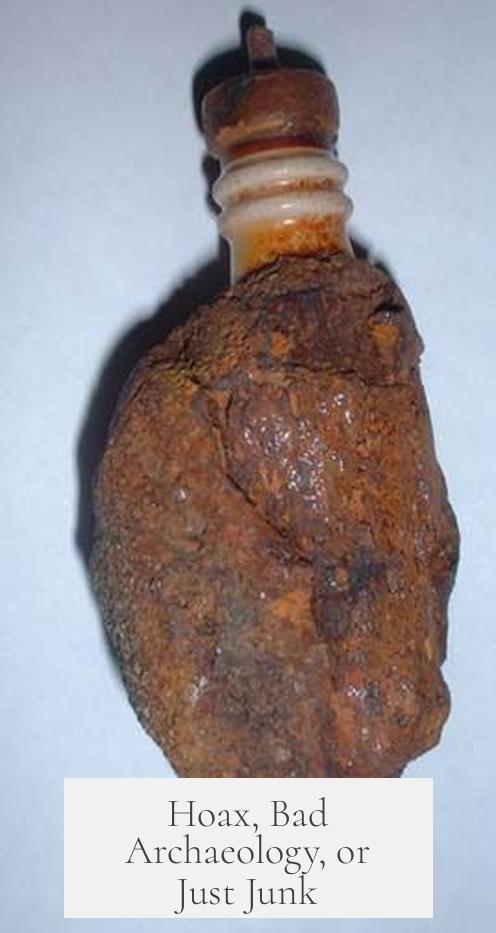
At this point, is the Coso Artifact a hoax? There’s no solid evidence to suggest the finders planted or faked it. However, the way they documented it—or failed to—is a textbook example of poor archaeology and geology practice.
The object was poorly recorded. No one has seen it for decades, meaning no one can re-examine or verify it today. The only detailed study was done by Ron Calais, a creationist, adding a layer of bias to the analysis.
The geologist credited with dating the rock 500,000 years hasn’t been named publicly, which doesn’t inspire confidence.
Interestingly, the finders tried to sell the artifact for $25,000. This commercial angle may have influenced the sensational framing. Virginia Maxey’s fascination with legends like Mu and Atlantis hints the team wasn’t strictly scientific in their approach.
What Can We Learn from the Coso Artifact Fiasco?
This is a classic example of how context, documentation, and expertise matter. When you find something weird, don’t jump straight to lost civilizations or alien visitors. Start with the basics: What’s the object? Where exactly was it found? What geological context supports the age claims?
In this case, misidentifying hardened clay as a geode alongside a known 1920s spark plug led to a wild story that still fascinates those who want to believe in mysteries.
Plus, it shows how the allure of “out-of-place artifacts” (or OOPARTs) can overshadow solid science. The Coso Spark Plug wasn’t ancient, and it wasn’t extraterrestrial. It was a simple case of a 20th-century spark plug stuck in baked mud on a mountainside.
Have You Ever Encountered a Similar Mystery?
Imagine hiking in the mountains and finding something you don’t understand. What would you do next? Would you claim a 500,000-year-old artifact, or seek experts who can verify your find? This story is a reminder that many “mysteries” crumble with honest investigation.
So, for curious minds out there: Always question sensational claims, check the evidence, and never underestimate how easily ordinary objects can be misunderstood.
In Summary
- The Coso Artifact is a 1920s spark plug found encased in rock that turned out to be hardened clay, not a geode.
- It was discovered in 1961 near Owens Lake in California by mineral hunters with limited archaeological expertise.
- Claims of its great age (500,000 years) lack credible evidence and come from unnamed or biased sources.
- The artifact was likely dropped in the 1920s, probably by someone working or traveling in the area with a Model T.
- Rather than a hoax, this case is a story of bad archaeology and geology, plus some wishful thinking.
- The object vanished years ago, which means no new analysis can clear up or deepen our understanding.
- It remains a cautionary tale about how poor documentation and enthusiasm can transform junk into legend.
In the end, the case is closed for most—but the legend of the Coso Artifact lives on in the mysterious corners of the internet. And that’s the real spark plug here: how stories light up our imagination far beyond the facts.
